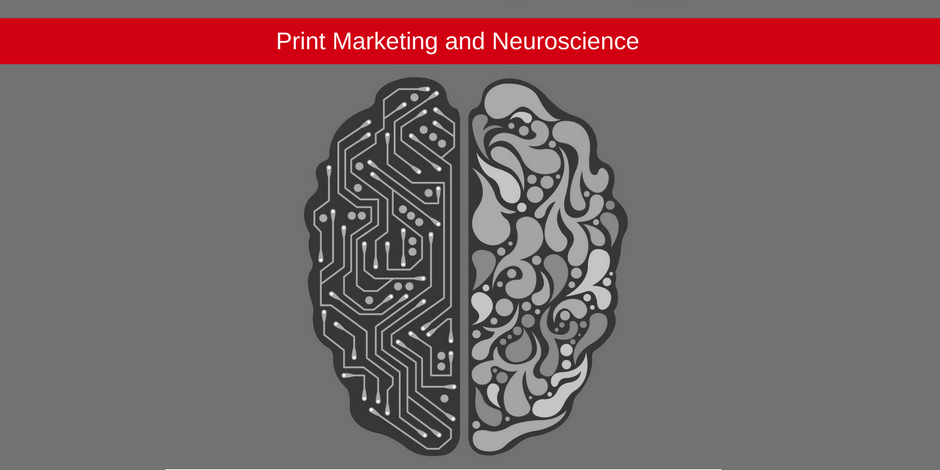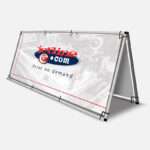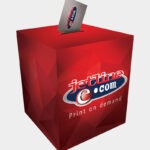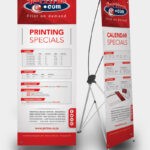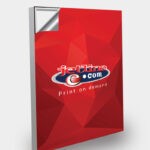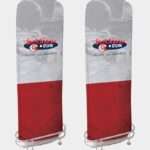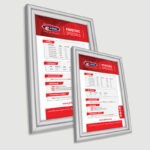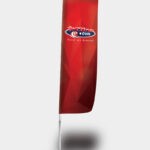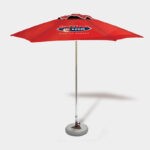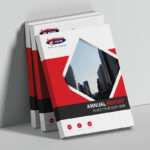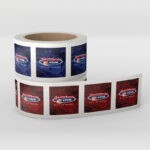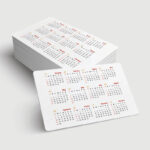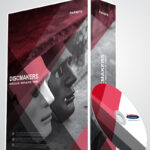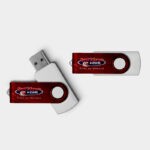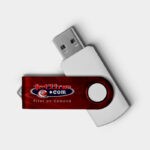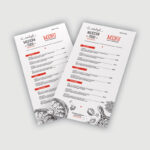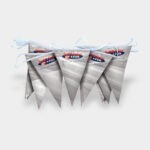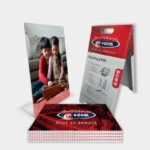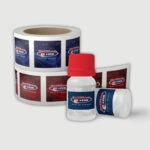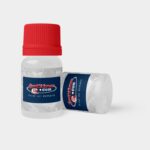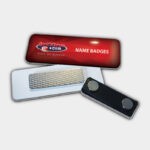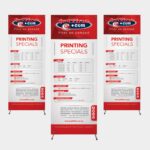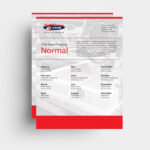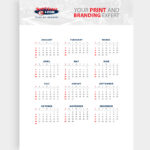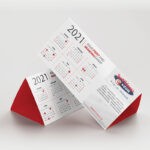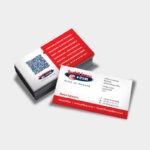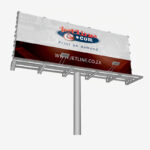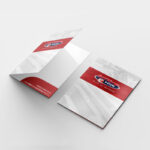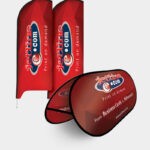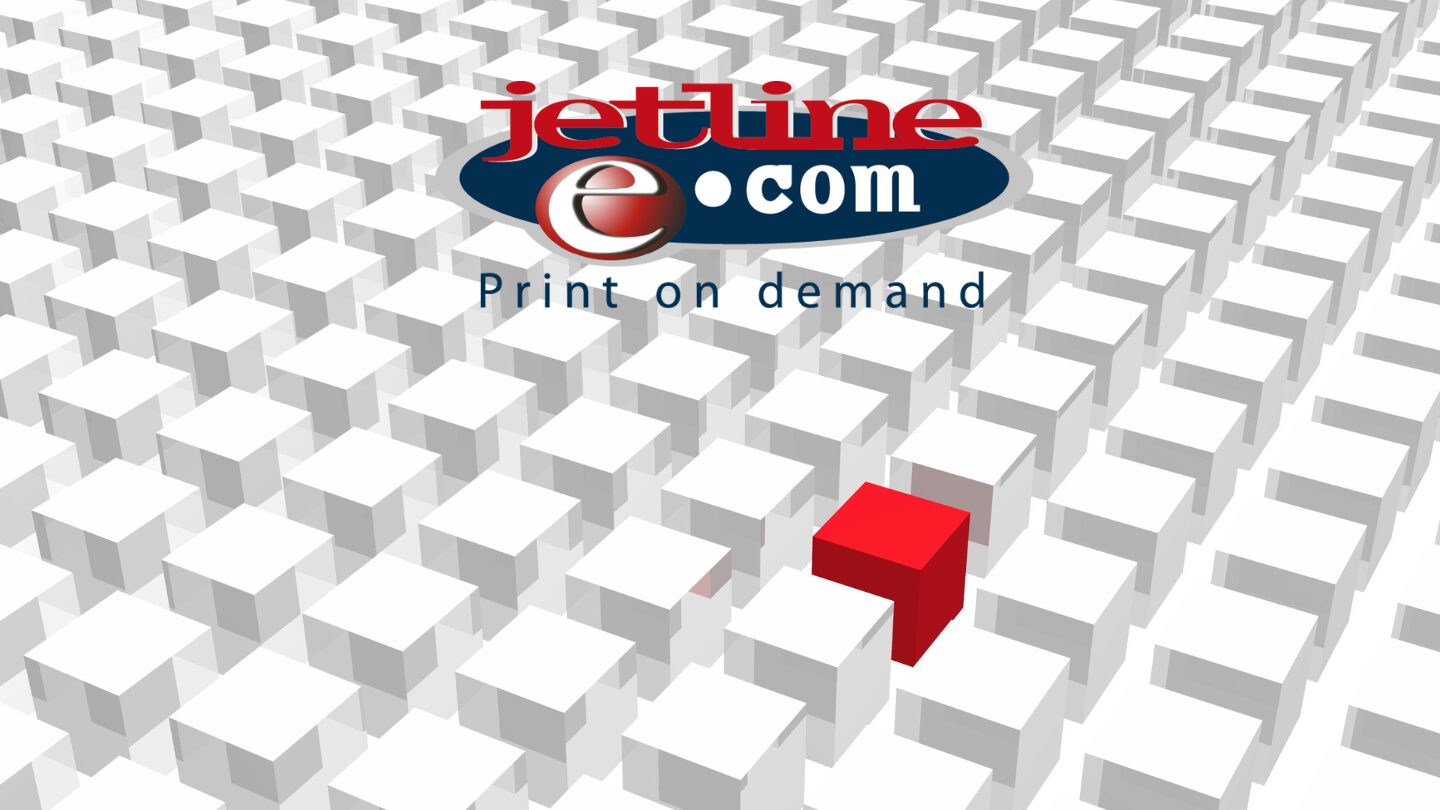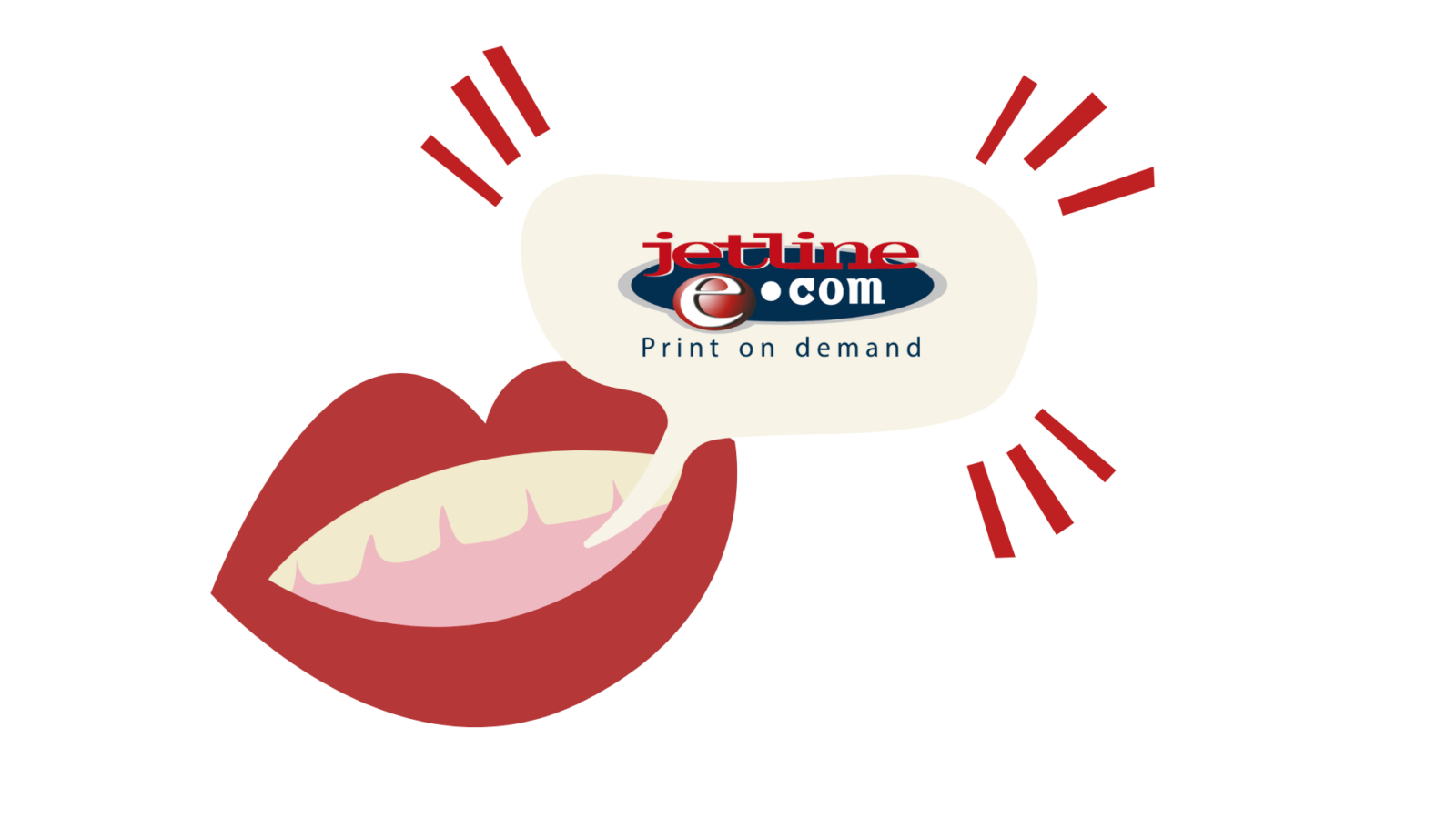When a client visits your website they will skim through the content, read bullet points, and hardly retain any information. However, when a client reads your printed material, the become more engaged in the process and go through the content for a longer period of time. Despite the fact that we live in a digital age, neuroscience has proven that tangible content (paper based marketing) works best for promoting brand awareness and engaging the consumer.
Rather than an all-digital approach to marketing, advertisers are taking a multi-channel approach, leveraging off the benefits of paper, with the accessibility of digital platforms.
Neuroscience and Print Marketing
A study sponsored by the Canada Post and performed by a neuro-marketing firm, compared the effects of digital marketing (email, AdWords, blogs) and traditional marketing (brochures, flyers, billboards.) The study made use of EEG brain wave measurement, as well as eye-tracking, while good old fashioned questionnaires were also used.
The three metrics evaluated were:
- Motivation: Persuasiveness
- Attention: How long the content is looked at
- Cognitive Load: Ease of understanding
Direct Mail Evaluated:
Through the study it was proven that direct mail is easier to process and works more effectively for brand recognition and brand recall. The report states:
“Direct mail requires 21% less cognitive effort to process that digital media. Post-exposure memory tests validated what the cognitive load test revealed about direct mail’s memory encoding capabilities. When asked to cite the brand (company name) of an advertisement they had seen, recall was 70% higher among participants who were exposed to a direct mail piece than a digital ad.”
The Emotional Impact Paper
Another study was done by Temple University – Print vs. Digital: Another Emotional Win for Paper. Below is a summary of their findings:
The most noteworthy finding from this study was that paper marketing activated the ventral stratum of the brain, more so than online media. So, what is the ventral stratum? It is the area of the brain that increases valuation and desire – therefore, purchase decision. Triggering activity in this part of the brain has a direct correlation to successful advertising and leads conversion.
Millward Brown and Bangor University also did tests using FMRI to monitor the difference between digital media and traditional marketing.
Some of the key findings about print marketing include:
- Physical material is more tangible/real. It has a place, offers meaning and is better connected to brand recognition and memory.
- Traditional materials (brochure prints, posters, flyers) is made up of emotional processing which is powerful for brand association and recognition.
- Traditional materials produce more responses in the brain and are connected to internal emotions – helping the client relate strongly to the brand and retain the relevant information.
The Scientific Message for Marketers
Any doubts you may have about traditional marketing have been proven wrong by science – and you can’t argue with science.
While digital provides its own advantages including: instant communication and personalisation, print provides tangibility and emotional connection. This is why a multi-channel approach to marketing is exceptionally powerful. By combining these two marketing mediums, your brand awareness is set to soar.

